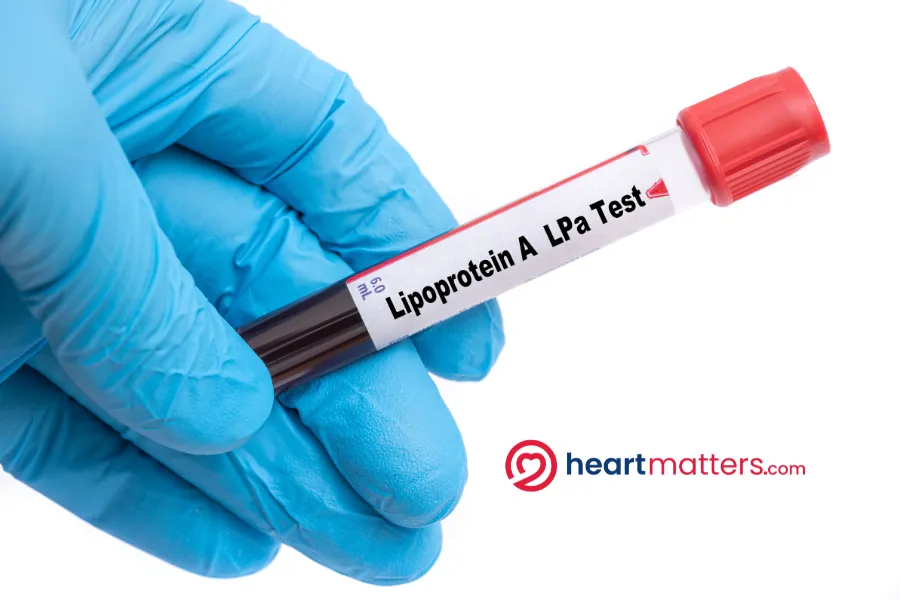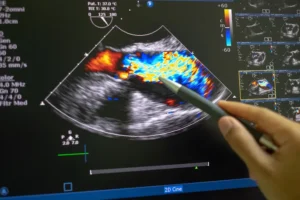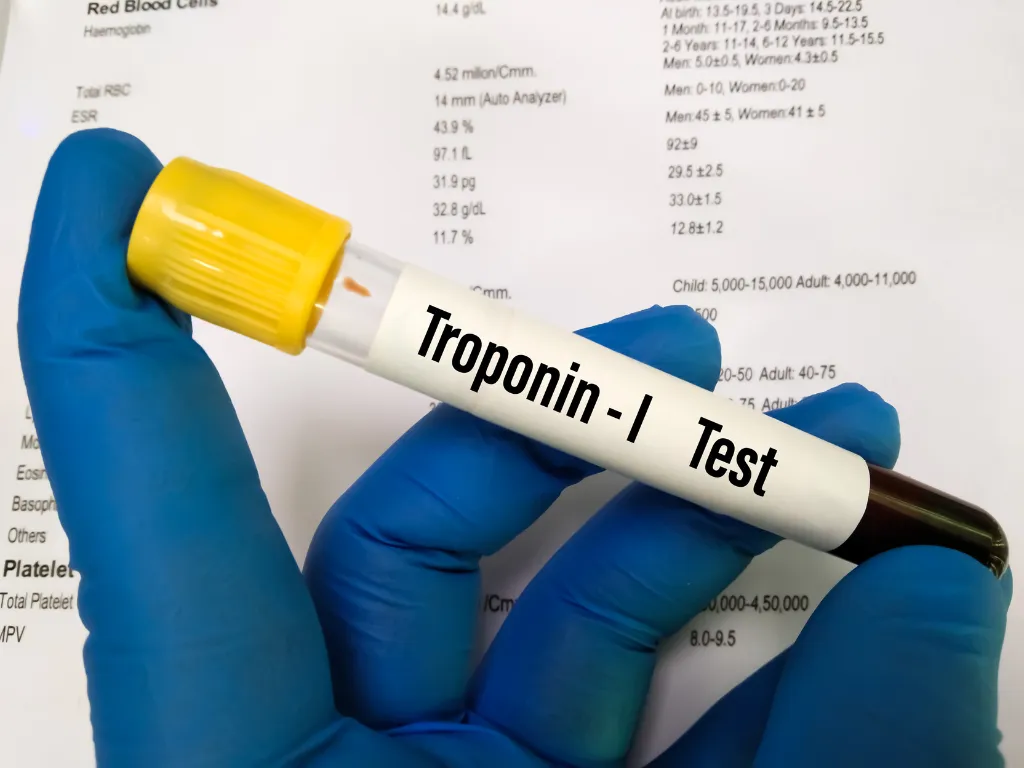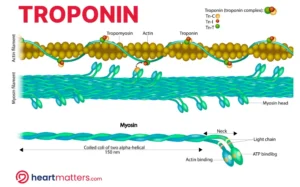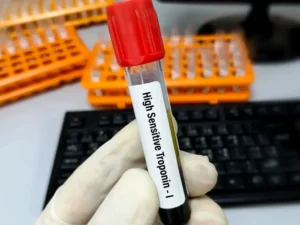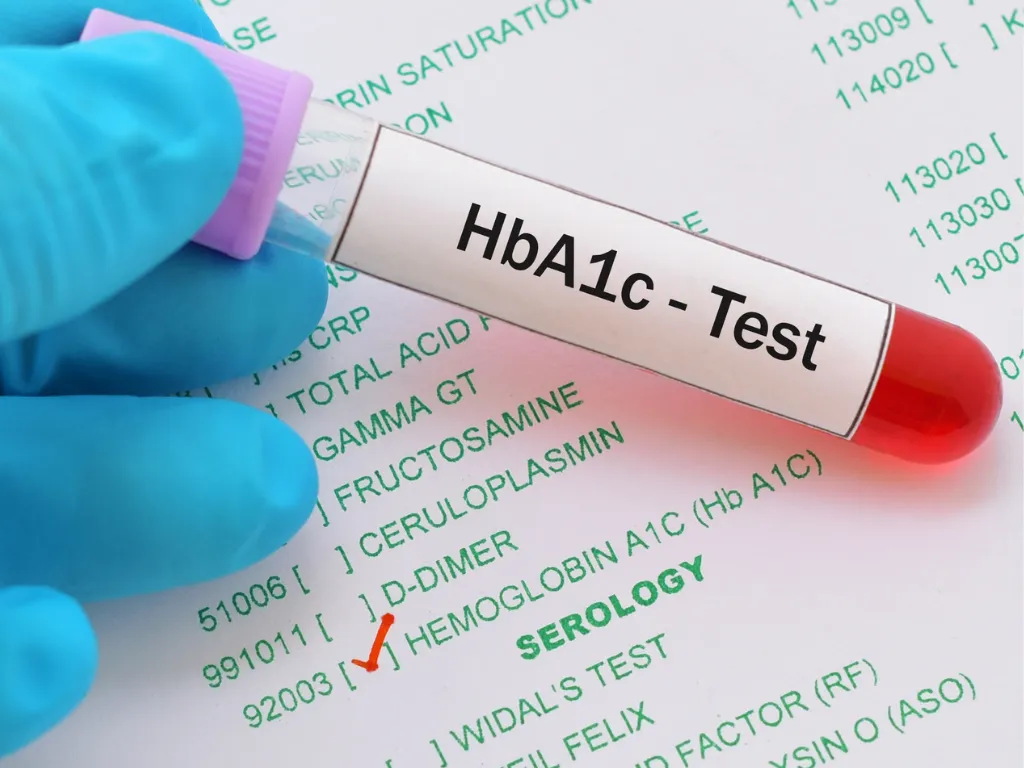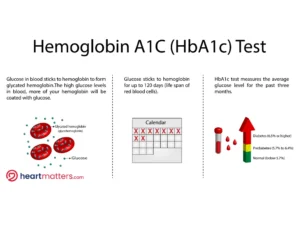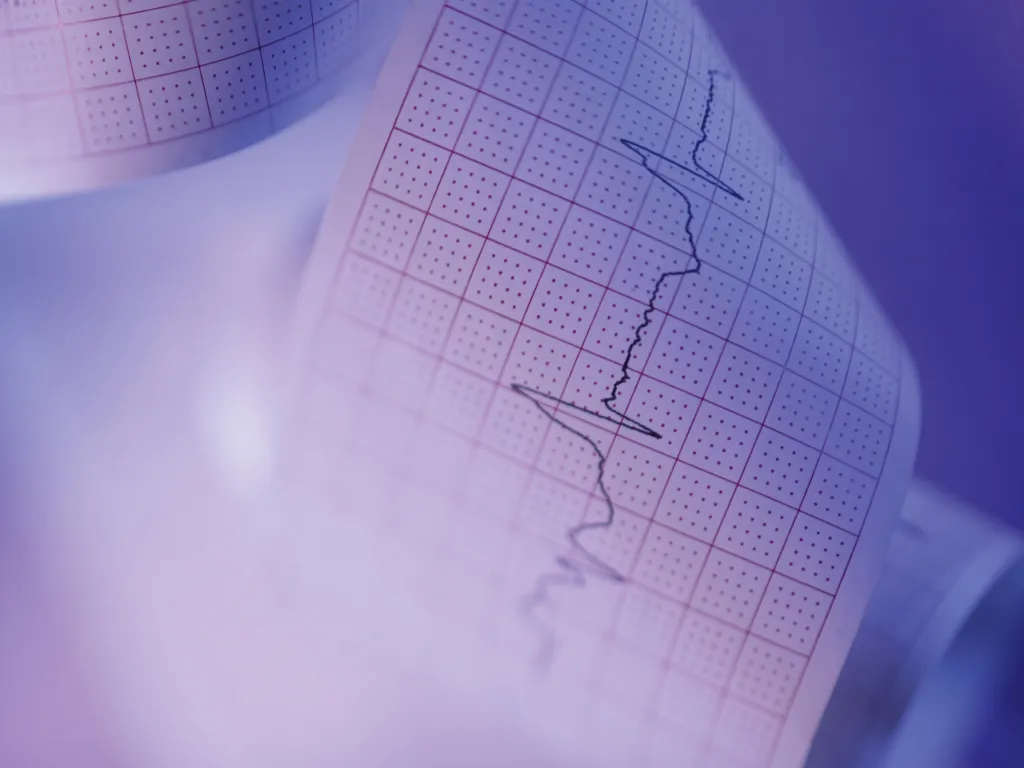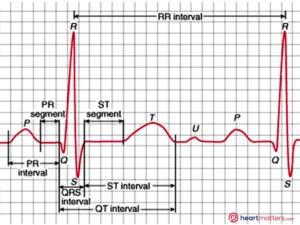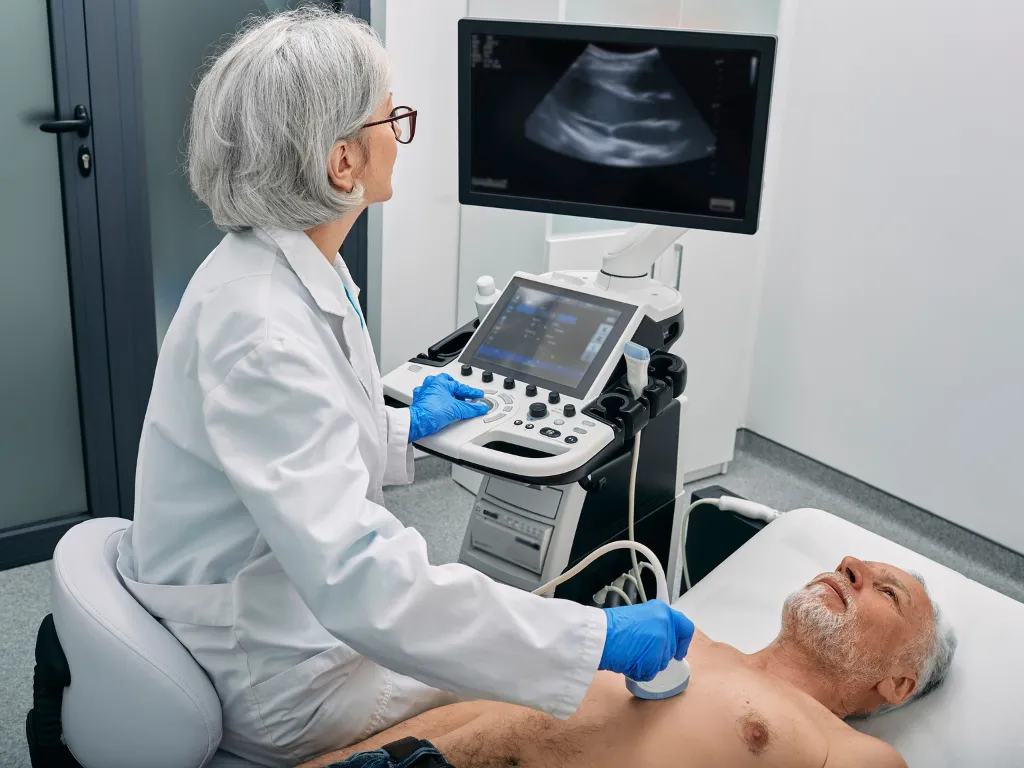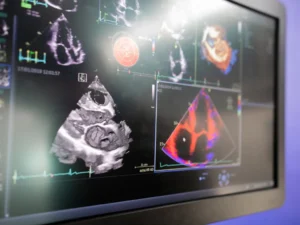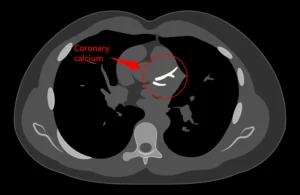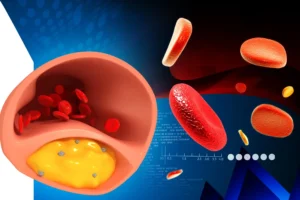When most people think about cholesterol, they usually hear about LDL being the “bad” cholesterol and HDL the “good” one. While this description is commonly used in the media and general health messaging, it can be overly simplistic.
As a cardiologist, I prefer to avoid these labels. All cholesterol plays important roles in the body, from building cell membranes to producing hormones and vitamin D. The real issue is not that one type is good and another is bad, but rather how these lipoproteins behave in the body, and whether their levels are in balance. When certain types of cholesterol particles, particularly LDL and lipoprotein(a), are elevated or not properly cleared, they can contribute to plaque buildup in arteries and increase the risk of cardiovascular disease.
One type of cholesterol particle that has garnered increasing attention in recent years is lipoprotein(a), also known as Lp(a).
Unlike other lipoproteins, Lp(a) is largely determined by your genes, and it is not usually included in a standard cholesterol test. Yet for some people, elevated Lp(a) may quietly increase the risk of heart attacks, strokes, and valve disease, even if their other cholesterol numbers appear normal.
Let’s take a closer look at what Lp(a) is, why it matters, and what can be done about it.
What Is Lp(a)?
My Colleague, Dr Arul Baradi, has previously provided an excellent summary of what LP(a) is, and you can find this linked here. Essentially, Lipoprotein(a) is a type of low-density lipoprotein, similar to LDL cholesterol, but with an extra protein attached called apolipoprotein(a). This unique structure makes Lp(a) more adhesive, which means it may be more likely to get trapped in blood vessels and contribute to plaque buildup.
Research shows that high levels of Lp(a) can:
- Promote the development of atherosclerosis, or narrowing of the arteries
- Increase the risk of blood clots
- Contribute to aortic valve narrowing over time
What makes Lp(a) especially important is that it can raise cardiovascular risk independently of other risk factors, even if your LDL and HDL levels are in a healthy range.
Why Is Lp(a) Not Commonly Tested?
Part of the reason Lp(a) is not often discussed is because it is not routinely measured. Standard cholesterol panels do not include it, and many people, including some healthcare professionals, may be unaware of its significance.
Another reason is that, until recently, there have not been any specific treatments available to target Lp(a) directly. In clinical practice, routine testing has often focused on markers that could be acted on immediately, such as LDL or triglycerides. Without a clearly defined treatment pathway, Lp(a) has remained in the background for many years.
That is starting to change. Recent research has shown promising results from new therapies designed to lower Lp(a) levels specifically. These compounds are currently being evaluated in clinical trials, and if successful, they could open the door to more widespread testing and treatment in the near future.
In the meantime, growing recognition of Lp(a)’s role in cardiovascular disease is prompting more clinicians to consider testing in selected individuals, particularly those with strong family histories or unexplained early heart disease.
Key Facts About Lp(a)
Here is what you need to know:
- It is inherited: Lp(a) levels are determined by your genes, not your diet, exercise habits, or lifestyle choices.
- Testing is simple: A blood test can measure Lp(a), and for most people, it only needs to be done once in a lifetime.
- Statins do not lower Lp(a): Unlike LDL cholesterol, Lp(a) does not respond to statins and in some cases, statins may slightly increase Lp(a) levels. This does not mean statins are harmful, statins still play a critical role in reducing overall cardiovascular risk by lowering LDL and inflammation.
- Some evidence supports PCSK9 inhibitors: Newer cholesterol lowering medications known as PCSK9 inhibitors have been shown to reduce Lp(a) levels by approximately 20 to 30 percent in clinical trials. While they are not currently approved specifically for Lp(a) reduction, this effect may offer an additional benefit in patients already taking them for LDL reduction.
- Targeted therapies are in development: Novel therapies that specifically lower Lp(a), including agents like pelacarsen and olpasiran, are in advanced stages of research and have shown encouraging early results.
- We manage overall risk: Since we cannot yet lower Lp(a) in a targeted way through routine treatment, the best approach remains to aggressively manage all other modifiable risk factors, this includes lowering LDL cholesterol, maintaining healthy blood pressure, avoiding smoking, and making heart friendly lifestyle choices.
What Is Lp(a)?
Lipoprotein(a), or Lp(a), is a type of low density lipoprotein, similar in structure to LDL cholesterol, but with an added protein called apolipoprotein(a). This makes Lp(a) behave differently from other lipoproteins. It is more adhesive, more likely to become trapped in blood vessel walls, and may play a stronger role in promoting inflammation and plaque formation.
Research shows that high levels of Lp(a) can:
- Promote the development of atherosclerosis, which is the buildup of fatty plaques in arteries
- Increase the risk of blood clots due to its prothrombotic properties
- Contribute to progressive narrowing of the aortic valve, a condition known as aortic stenosis
The link between Lp(a) and aortic stenosis is particularly important. Aortic stenosis occurs when calcium and scar tissue build up on the aortic valve, making it stiff and less able to open properly. This forces the heart to work harder to pump blood to the rest of the body and can eventually lead to symptoms such as chest pain, shortness of breath, or fainting. High Lp(a) levels are associated with more rapid progression of this valve narrowing, especially in older adults.
Unlike coronary artery disease, which involves the blood vessels supplying the heart, aortic stenosis is a condition of the valve itself. Lp(a) appears to influence both by contributing to chronic inflammation and calcium buildup. This is one reason why Lp(a) testing may be considered in patients with early or unexplained valve disease, even when traditional risk factors are not present.
What Is a Normal Lp(a) Level?
Lp(a) levels can vary widely between individuals and are primarily determined by genetics. Unlike other cholesterol values, Lp(a) does not fluctuate much over time and is usually stable throughout life.
-
Normal or desirable level:
Less than 30 mg/dL (or approximately 75 nmol/L) -
Borderline elevated:
Between 30 to 50 mg/dL (75 to 125 nmol/L) -
High Lp(a):
Greater than 50 mg/dL (125 nmol/L or higher) -
Very high Lp(a):
Levels above 70 to 100 mg/dL (175 to 250 nmol/L) are considered significantly elevated and may be associated with a higher risk of premature atherosclerosis, myocardial infarction, and aortic stenosis, particularly if other risk factors are also present.
Note: Some laboratories report Lp(a) in nanomoles per litre (nmol/L) instead of mg/dL. The conversion between the two is not exact, as it depends on the size and structure of the apolipoprotein(a) isoform, but a rough estimate is that 1 mg/dL is approximately 2.4 nmol/L.
Because Lp(a) is genetically determined and not influenced by lifestyle, a one-time measurement is usually sufficient to understand your baseline level and associated risk.
Emerging Therapies Targeting Lp(a)
For many years, Lp(a) remained a challenging risk factor to address, primarily because there were no specific therapies available to lower its levels. However, recent advances in RNA-based treatments have shown promising results in targeting Lp(a) directly.
There is growing interest in developing targeted treatments for Lp(a). Clinical trials are underway to test new medications that can significantly reduce Lp(a) levels. If successful, these could become part of routine care in the coming years.
In the meantime, knowing your Lp(a) level can help you and your healthcare team make more informed decisions. It may explain why some people need more intensive preventive care, even when their standard cholesterol numbers look fine.
Olpasiran
A phase 2 trial published in The New England Journal of Medicine evaluated olpasiran, a small interfering RNA (siRNA) designed to reduce Lp(a) production in the liver. The study demonstrated that olpasiran significantly reduced Lp(a) concentrations in patients with established atherosclerotic cardiovascular disease and elevated Lp(a) levels.
Lepodisiran
Another siRNA therapy, lepodisiran, was assessed in a phase 1 study for its long-duration effects on Lp(a) levels. The highest studied dose of lepodisiran reduced serum Lp(a) concentrations by more than 90% for 337 days after a single injection.
These studies, among others, indicate that targeted therapies for Lp(a) are on the horizon, offering hope for patients with elevated Lp(a) levels and associated cardiovascular risks.
Conclusion
Lipoprotein(a) is an important but often overlooked part of your cholesterol profile. It may not be part of your regular blood test, but it can reveal important information about your long term cardiovascular risk.
If you are unsure whether Lp(a) testing is right for you, speak with your doctor or cardiologist. Understanding your complete risk profile, including inherited factors, can help guide a more personalised and effective approach to heart health.

